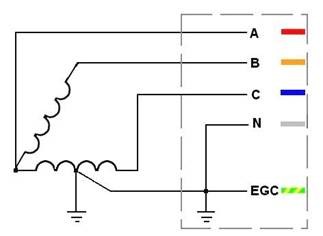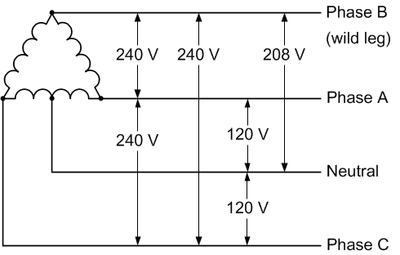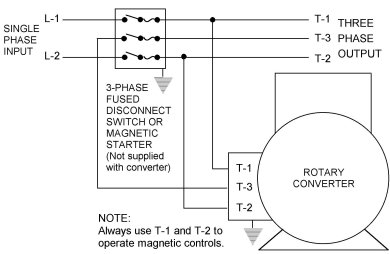Several months ago, I drove up to an FM transmitter site, looked up at the utility pole, and saw this:

Three-phase open delta is a bad hombre. Most, if not all, transmitter manufacturers will void the warranty of any transmitter connected to a service like this. What is perplexing is it appears that all three phases are available on the primary side, why would this be necessary? Perhaps it was not always so at this location. Regardless, this was the source of power for 20 KW FM transmitters since 1958 until we moved it to a new building last month.
According to a GE publication on transformers, open delta 3 phase power is undesirable because:
Although this connection delivers three-phase currents which are approximately symmetrical to a three-phase symetrical load, the currents flowing in the high voltage circuit are not equal nor are they 120 degrees apart. The maximum safe output of the bank operating in this manner is 58% of a 3 pot Wye/Delta bank. The system is grossly unbalanced, both electrostatically and electromagnetically.
Schematically, it looks like this:

Regular 3 phase delta looks like this:

Most utility companies will not hook up 3 phase delta on the customer side anymore because the “high” or “wild” leg, which as shown in the diagram runs a good deal higher than 120 volts to neutral. Hook up a high leg to a single phase 120 volt piece of equipment and wait for the power supply to blow up. Also true with 277-volt lighting circuits, as my assistant once found out with the Coke Machine in the break room. The new 3 phase service will almost invariably be 208 wye unless there is some very compelling reason, which is fine.
There are many ways to get around three phase open delta, perhaps the best is a rotary phase converter. This piece of equipment will take a 240-volt split phase and add a third leg. These legs will not be 120 degrees apart, as they would be in a true three-phase, however, they will be close enough that 3 phase motors and transformers will be happy.

This leads to an unbalanced voltage/current condition which needs to be accounted for in the design of the unit. The second way to do this is to power a three-phase generator with a split-phase motor. This will completely isolate the 3 phase equipment from the utility service and provide for true three phase power.
The downside to any motor/generator or rotary converter is moving parts and conversion inefficiencies. At any transmitter site that uses this type of equipment, either a backup power converter or a lower power split phase backup transmitter should be installed. With all mechanical things, eventually, this will need to be repaired and it would suck to be off the air while that is happening.
Regardless of any of that, this particular service is about to be disconnected permanently. Good riddance.
